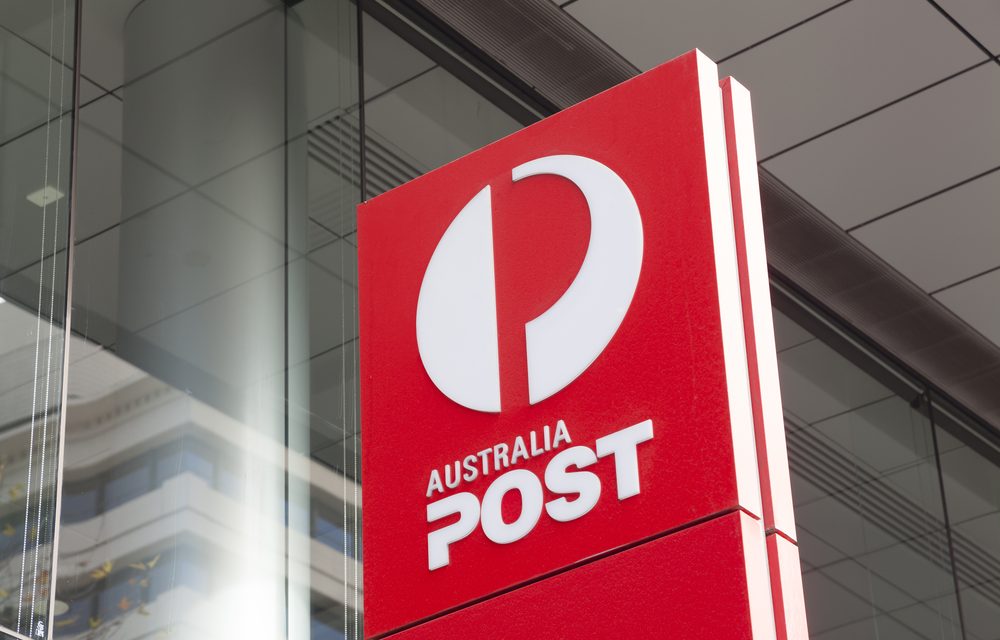
Australia Post records a $200 million pre-tax loss for 2023

Australia Post today announced its full year 2023 financial year results, recording a $200 million pre-tax loss, its second since it became a self-funded Government Business Enterprise (GBE) in 1989. Further losses are expected unless Australia Post can secure the necessary support required to modernise its business.
Australia Post’s Parcels business continues to achieve steady growth, with revenue up almost 1 per cent from FY22. However, Letters losses increased over 50 per cent to $384 million in FY23. This financial year also saw a marked increase in the estimated cost to deliver Australia Post’s Community Service Obligations to $442 million, up 27 per cent from FY22.
Despite the financial challenges, Australia Post has made significant progress delivering on its Post26 Strategy. In FY23, Australia Post focused on simplifying its business to be future-ready by announcing the exit from a number of non-core businesses. Additionally, the revised operating model changes have already started to deliver savings across the business.
During FY23, Australia Post invested $343 million in its network to support growth in parcels and making Australia Post more sustainable, bringing the total investment over the past three years to $1.2 billion. This included Australia Post’s first dual-named facility, Boorna Wangkiny Mia in Perth, as well as facilities in Kemps Creek, Dubbo and Ballarat and adding 500 new eDVs to its electric delivery vehicle fleet.
Parcels and Services
As forecast at the 2023 half year financial results, revenue from Parcels and Services remained steady at $7.3 billion, despite increased and intense competition from multi-national competitors. Australia Post has made a concerted effort to focus on the quality of revenue within the Parcels business and has conducted a review of products and their associated pricing to align with the market and better optimise the network.
Australia Post has continued investment and innovation in parcel delivery. It has made good progress on simplifying how customers interact through enhanced digital transactions, parcel tracking and increased convenience including the installation of parcel lockers in almost 100 new locations nationally during the year.
Delivering on the Post26 Strategy, Australia Post continued to simplify its business in FY23, announcing its intention to close third-party logistics provider Fulfilio, document scanning service Decipha and alternative payments platform POLi, which resulted in large one-off costs. This will free up capital to invest in the growing Parcels and Retail Services business.
Letters continued to decline with Letters volumes down 7.8 per cent from last year, despite an increase in business-related letters including consecutive interest rate rises and data breach notifications. Today the average Australian household receives only 2.2 addressed letters each week, down from 8.5 each week in 2008, and this is expected to almost halve in the next five years. As Letters losses continue to increase, it is expected the estimated cost for Australia Post to deliver in line with its Community Service Obligations will also continue to increase.
The delivery frequency of letters remains one of the most significant costs to the business and working in conjunction with the Communications Workers Union, this year Australia Post trialled a new delivery model in Hornsby NSW, which will be expanded to other locations in FY24.
Customers continue to change the way they use the local Post Office. In FY23, over-the-counter transactions continued the downward trend and have declined 20.9 per cent since FY19. The Corporate Post Office network faces increasing losses as foot traffic falls.
Australia Post has developed a new Point of Sale (POS) system that will soon be rolled out across its Post Office network. Post+ is the result of a four-year, $250 million investment that will replace a 30-year-old legacy POS system.
Australia Post provided an additional $29 million to the Licensed Post Office network, bringing the total paid to Licensees in FY23 to $565.5 million. This added payment has become increasingly necessary to ensure the financial sustainability of these small businesses and recognises the important role of Post Offices in communities across Australia, particularly in remote and rural areas.
Offset by a high inflationary environment, Australia Post has displayed disciplined cost management, with total expenses increasing by 2.7 per cent to $9.1 billion in FY23, well below the headline inflation rate. Major contributors to expenses include increasing fuel, energy and labour costs. Throughout the year $237 million in efficiencies were achieved which included streamlining support office structures to achieve operational improvements.
Group Chief Executive Officer and Managing Director Paul Graham said despite all efforts, it is simply not possible to stop the structural shift in the way Australians are using postal services.
“The headwinds Australia Post is facing into aren’t new and it’s my job along with the leadership team to transform and modernise Australia Post, so it can once again be a financially sustainable business.
“If we do everything in our power to run this business well and we get a favourable regulatory response towards modernisation, I’m confident that Australia Post will return to profit. Without this support, the FY23 loss will be followed by many more. Inaction could result in a greatly devalued Australian asset.
“We’re 12 months into delivering on our Post 26 Strategy, and already we’re seeing the benefits of this. Every day, our team of almost 65,000 people are focused on the task at hand, and I would like to thank them for their efforts.
“We have a laser-like focus on simplifying our business, we’re stripping out the complexity accrued over a number of years and investing in our key growth area of parcels. We have a clear plan and we’re doing everything we can within our control, however we need regulatory support.
“Given our trajectory, we are responsibly addressing the financial challenges of the business. This includes putting in place the right organisational structure to support our frontline, simplifying our operations, ensuring we have an effective retail footprint and reviewing our pricing to address increasing losses across our Letters business.
“We now have a distinct two-speed business, with our Letters business weighing heavily on our eCommerce-driven Parcels business, retail and other services.
“Australia Post plays a critical role in the lives of all Australians. A stronger, more viable Australia Post will be able to continue to meet the evolving needs of Australian communities. We want our consumers and businesses to continue to benefit from a large, national network of postal services, particularly in rural and regional areas,” Mr Graham said.











